Ellipsographs
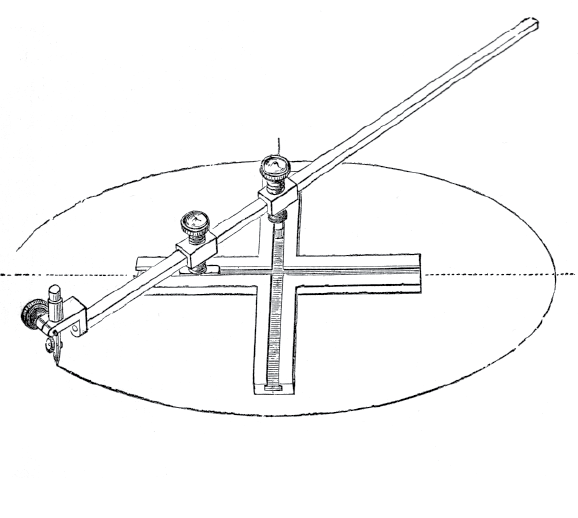
The ellipse is surprisingly useful to draw if you are an architect, engineer, or designer. Not only are certain common forms ellipses or parts of ellipses—arches, ship’s hulls, furniture components—an ellipse is a circle seen on the oblique. So if you are drawing isometric or three-dimensional measured drawings, drawing a precise ellipse is important.
There is more than one way to construct an ellipse. The simplest way is to fix two pushpins into your table surrounded by a closed loop of string. Put your pencil into the loop and draw the outermost shape the construction will allow. This suffices if you merely want to demonstrate the construction of an ellipse. But if you need precise and adjustable results, simple machines will help.
The simplest—and oldest—construction is the Trammel of Archimedes, rooted in Ancient Greek geometric research. The bulk of the finely crafted ellipsographs come from the 19th century, using a variety of construction methods to achieve precise ellipses. Many are modifications of the Trammel while others use concentric sliding circles to generate smooth drafting action. No matter the method, the ellipsograph is one drawing machine on this site with ancient roots.
Dates: Ancient times to Mid-20th century, mostly late 1800s
Click here to browse by this category.

Ellipsograph with Pantograph
J.J. Rexroth
1905
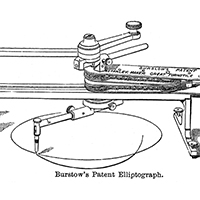
Burstow's Patent Ellipsograph
W. F. Stanley
1888
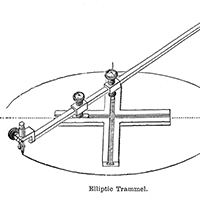
Elliptic Trammel
W. F. Stanley
1888
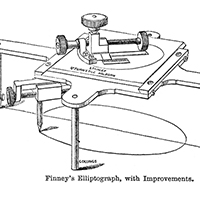
Finney's Elliptograph
W. F. Stanley
1888
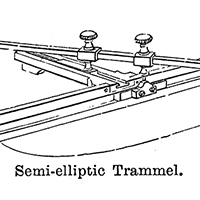
Semi-Elliptic Trammel
W. F. Stanley
1888
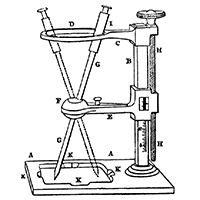
Elliptograph
John Hick
1844
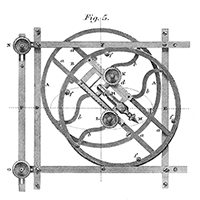
Elliptograph
John Farey
1819
Click here to view more machines in this category.